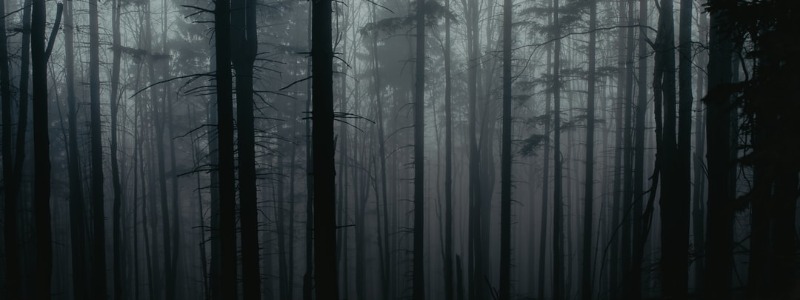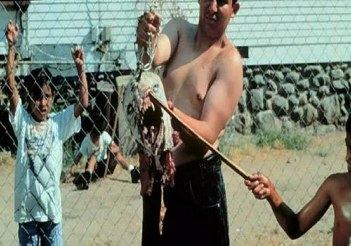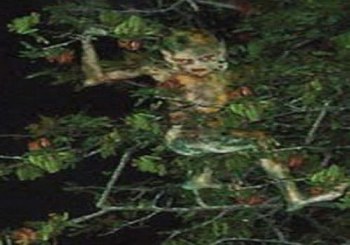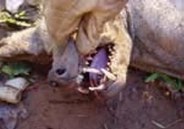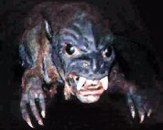Texas Mythical Creatures
Contents
The modern-day legend of bloodsucking creatures that terrorize rural agricultural areas probably got its start in Puerto Rico in the early 1990s when the newspapers El Vocero and El Nuevo Dia began reporting the killings of many different types of animals, such as birds, horses, and goats, and subsequently blaming the animal massacres on a creature born of folklore and legend – the chupacabra, or goat sucker.
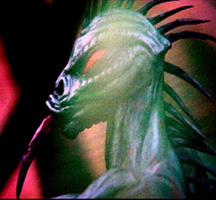 But true believers of the mythical creature report sightings of chupacabras-type creatures at least as far back as the Classic Mayan period of pre-Columbian times, indicating that if chupacabras are mythical in nature, they go far back in the history of the Americas.
But true believers of the mythical creature report sightings of chupacabras-type creatures at least as far back as the Classic Mayan period of pre-Columbian times, indicating that if chupacabras are mythical in nature, they go far back in the history of the Americas.
Unlike rumors of werewolves or vampire-type creatures that stalked and terrorized cultures of the past, an argument could be made that there is ample circumstantial evidence that supports the reports of animal killings by unknown predators. Even in the case of the ancient Maya, as mentioned above, researchers have etched images that leave room for speculation.
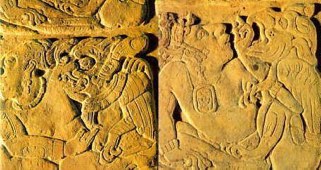 If you look carefully at the stone reliefs pictured to the right, discovered at an ancient Mayan site in the Yucatan, you can understand why some researchers speculate the Maya not only knew about the mythical creatures but felt they were important enough to carve their images into stone. Others might argue the figures represent nothing more than “Godlike” mythical creatures important to the Maya’s cosmology, part science and part spiritual imagery, but not intended to capture the image of a creature in the real world.
If you look carefully at the stone reliefs pictured to the right, discovered at an ancient Mayan site in the Yucatan, you can understand why some researchers speculate the Maya not only knew about the mythical creatures but felt they were important enough to carve their images into stone. Others might argue the figures represent nothing more than “Godlike” mythical creatures important to the Maya’s cosmology, part science and part spiritual imagery, but not intended to capture the image of a creature in the real world.
But what does all of this have to do with Texas?
Actually a great deal. Not only have a large number of creature reports come out of Texas in recent years, but the only modern evidence of the creature in North America may have surfaced in July of 2004 when a rancher near San Antonio killed a hairless, dog-like creature (the Elmendorf Creature, pictured right) that was attacking his livestock. It was later determined the carcass of the creature may have been a coyote with a demodectic mange condition, although state fish and wildlife officials admit they have never seen anything like it before.
But then, just a few months later, in October of 2004, two animals that closely resembled the Elmendorf creature were observed in Texas, one near Brazosport on the upper coast and the other in East Texas. The first was dead, and the second was noticed by a local zoologist who was called to identify the animal while in route to the location where the first was found. Specimens were studied by biologists in Texas and researchers concluded that the creatures may have been of the canine species, but with severe skin problems and facial deformities.
Were these creatures fabled Chupacabras?
Who can say with certainty? While the scientific world remains skeptical that any real creature like the mythical creatures exist today, they are slow to admit there have been a number of unusual discoveries down through the years.
 In 2005, just outside of Albuquerque, a man stumbled upon the skeletal remains of a “creature” that had many who saw it claiming it was proof that the chupacabra is a real creature. After careful examination by biologists, they theorized the strange-looking creature may be an ocean creature, an ocean skate to be exact. A skate is related to the stingray, but how it got to the New Mexico desert no one seems to know. Officials theorize a coastal fisherman must have discarded the carcass there.
In 2005, just outside of Albuquerque, a man stumbled upon the skeletal remains of a “creature” that had many who saw it claiming it was proof that the chupacabra is a real creature. After careful examination by biologists, they theorized the strange-looking creature may be an ocean creature, an ocean skate to be exact. A skate is related to the stingray, but how it got to the New Mexico desert no one seems to know. Officials theorize a coastal fisherman must have discarded the carcass there.
There seems to be a more serious belief in the mythical creature among Latin American countries. While sightings of the creature have been reported from Chile to North America, a concentration of reports seem to come out of Mexico.
According to the analysis of the more popular reports, there appear to be three distinct appearances to the Chupacabra.
The first and most common is a lizard-like being, appearing to have leathery or scaly greenish-gray skin and sharp spines or quills running down its back. It stands approximately 3-4 feet high and stands and hops in a similar fashion as a kangaroo. This variety is said to have a dog or panther-like nose and face, a forked tongue protruding from it, and large fangs, and is said to hiss and screech when alarmed.
Another variety often reported also stands and hops as a kangaroo, and has coarse fur with grayish facial hair. The head is similar to a dog’s, and its mouth has large teeth. The third form is simply that of a strange breed of wild dog that is mostly hairless, has a pronounced spinal ridge, unusually pronounced eye sockets, teeth, and claws.
Take a look at some of the photos below, all claiming to be authentic pics of chupacabras. No doubt many if not all of them are either a case of mistaken identity or a photo fake designed to convince the world the creature is real.
The growing legend of the chupacabra has sparked the interest of serious as well as amateur zoologists. But so far no real evidence has been offered up proving the existence of the creature. But, as pointed out by true believers, no one has been able to prove they don’t exist either, leaving the issue up to those who believe they have seen one.
For our money, by the looks of some of the pics you can find with a Google search, we’d rather run into a smooth-talking vampire in a late-night coffee house — real or not!
More Texas Mythical Creatures
La Llorena, often known as “the crying woman,” is a myth that is well-known in Hispanic cultures. La Llorona is shown in this extremely ominous painting by San Antonio artist Xavier Garza, creator of Creepy Creatures and other Cucuys.
One of the numerous myths of Texas involves jackalopes. The elusive animals, which resemble a hybrid between a jackrabbit and an antelope, continue to be a target for both visitors and locals.
La lechuza, an owl monster that may be found in Southwest Texas and Mexico, is another creature with slightly deeper legendary roots. La lechuza, a witch who transforms into an owl, is said to hunt down and devour lonesome nighttime walkers. La lechuza is reportedly drawn to individuals who have consumed alcohol, with stories of sightings being particularly frequent in automobiles on deserted Mexican highways.
According to legend, the Navajo tribe’s “Skinwalkers” are magicians and witches who engage in black magic and possess the power to transform into deadly animals like coyotes or mountain lions. In contrast to werewolves in European mythology, Skinwalkers are said to retain their human minds after changing forms.
The Wild Man from the Navidad is thought to have been spotted for the first time in Texas in 1837 in Lavaca County. This image was captured in 1967 while looking for Bigfoot on horseback in the Six Rivers National Forest in northern California.

